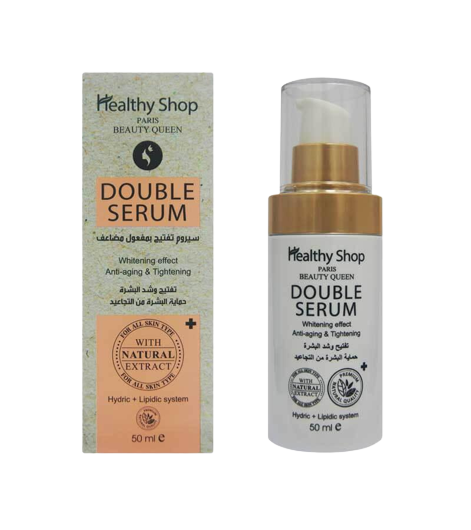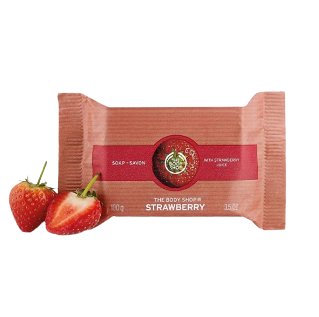-
Professional Hair Mask
৳1,650.00 -
Sunsilk Hairfall Solution Shampoo 625ml
৳1,650.00 -
Mahashankar Hair Food 200ml
৳1,800.00 -
Healthy Shop Double Serum
৳1,880.00
Goat milk soap is exactly what it sounds like — soap made from goat’s milk. It has recently gained popularity, but using goat milk and other fats for cosmetics and soaps stems back thousands of years .
Goat milk soap is made via the traditional soap-making process known as saponification, which involves combining an acid — fats and oils — with a base called lye
In most soaps, lye is made by combining water and sodium hydroxide. However, when making goat milk soap, goat milk is used instead of water, allowing for a creamier consistency due to naturally occurring fats .
Goat milk is rich in both saturated and unsaturated fats, making it ideal for soap production. Saturated fats increase a soap’s lather — or production of bubbles — while unsaturated fats provide moisturizing and nourishing properties .


















